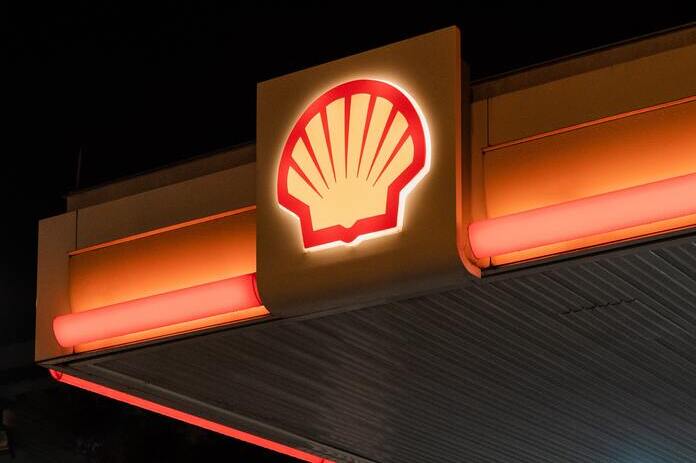Shell Stock (NYSE:SHEL)
Shell Plc (NYSE:SHEL), Europe’s largest oil business reported $2.76 earnings per ADS (on a current cost of supplies basis, excluding items — the market’s favored measure) in the fourth quarter. The bottom line surpassed the Consensus Estimate of $2.10 and increased from $1.66 per ADS in the previous quarter, thanks to higher commodity prices, LNG volumes, and refining margins. Shell stock fell nearly 2% following the results announcement.
Shell’s revenue of $101.2 billion up from $90.2 billion in the fourth quarter of 2021.
In the fourth quarter, Shell repurchased $4.5 billion in stock. The energy company also stated that the $4 billion buyback program announced during the third quarter earnings announcement had been completed. Furthermore, Shell anticipates an additional $4 billion in share repurchases in the first quarter.
The oil company upped its dividend by 15%, as promised.
Details Per Segment
Upstream Segments: During the quarter, the segment earned $3.1 billion (excluding items), up from $2.8 billion (adjusted) the previous year. This is mostly due to increasing oil and gas prices, which are partially countered by decreased volumes.
The group’s worldwide realized liquids prices were 12.1% higher than a year ago, at $82.42 per barrel, while natural gas prices rose 37.6%.
Shell’s upstream volumes averaged 1,859 thousand oil-equivalent barrels per day (MBOE/d), down 11.9% from the previous year, owing primarily to the loss of contribution from asset sales and maintenance downtime.
Production of liquids was 1,331 thousand barrels per day (down 8.6% year on year), while natural gas output was 3,067 million standard cubic feet per day (down 19.3%).
Chemicals and Products: The London-based supermajor recorded an adjusted income of $744 million in this division, up from a loss of $130 million the previous year. Strong refining margins and positive deferred tax movements more than offset high depreciation charges and weakness in trade and optimization, resulting in a highly advantageous comparison. Meanwhile, refinery utilization increased to 90%, up from 68% in the fourth quarter of 2021.
Integrated Gas: The segment earned $6 billion in adjusted income, up from $4 billion in the October-December quarter of 2021.
Higher LNG sales volumes, which increased 0.6% from the third quarter of 2021 to 16.82 million tonnes, significantly influenced the results. Total Integrated Gas output, on the other hand, declined 6.2% year on year to 917 MBOE/d.
Marketing: Due to a drop in margins, the business earned $446 million (excluding items) during the quarter, down from $611 million the previous year.
Renewables & Energy Solutions: The segment earned $293 million in adjusted income, up from $43 million the previous year. Higher trading and optimization margins for gas and power in Europe account for improved performance. Furthermore, external power sales increased 11.9% year on year to 66 terawatt hours, while piped gas sales decreased 3.2% to 241 terawatt hours.
Financial Performance
As of Dec 31, 2022, the company had $40.2 billion in cash and $83.8 billion in debt (including short-term debt). Net debt-to-capitalization was approximately 18.9%, down from 23.1% a year ago.
During the quarter under review, Shell generated cash flow from operations of $22.4 billion, returned $1.8 billion to its shareholders through dividends, and spent $6.4 billion on capital projects.
The company’s cash flow from operations almost tripled from the year-earlier level. Meanwhile, the group raked in $15.5 billion in free cash flow during the fourth quarter compared to $10.7 billion a year ago.
2023 Outlook
Shell anticipates upstream volumes of 1,750-1,950 MBOE/d in the first quarter of 2023, with Integrated Gas output ranging between 910 and 970 MBOE/d. The company also expects marketing sales volumes of 2,150-2,650 thousand barrels per day, with refinery utilization ranging from 87-95%.
Shell stock has risen by nearly 8% over the past year.
Featured Image: Unsplash @ Keming Tan















